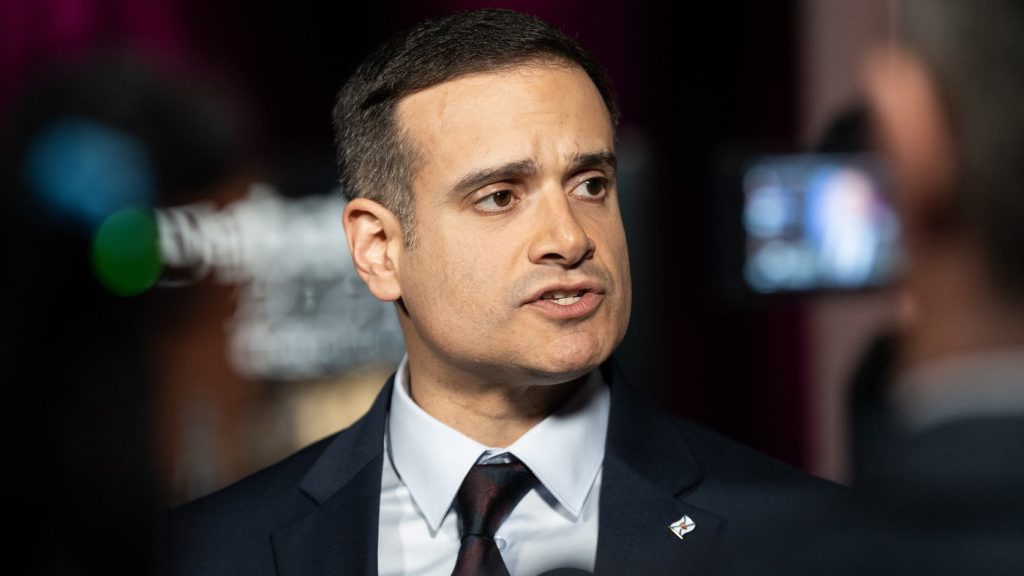Bank of England keeps main interest rate at 16-year high of 5.25% despite inflation fall

Posted Jun 20, 2024 03:05:49 AM.
Last Updated Jun 20, 2024 11:01:28 AM.
LONDON (AP) — The Bank of England on Thursday kept its main interest rate at a 16-year high of 5.25% even though inflation has fallen to its target of 2%, with several policymakers warning that a premature cut could stoke another bout of price rises.
For the second meeting in a row, seven of the nine members of the bank’s policymaking Monetary Policy Committee voted for no change while two backed a rate cut. Interest rates have been unchanged since August after a series of hikes.
It was clear in the statement accompanying the decision that there was a divergence of opinion over the outlook for inflation, with some clearly concerned over still-high price rises in the services sector, the primary motor of the British economy.
“It’s good news that inflation has returned to our 2% target,” said Bank of England Gov. Andrew Bailey, who voted for no change in policy. “We need to be sure that inflation will stay low and that’s why we’ve decided to hold rates at 5.25% for now.”
The decision is likely to disappoint the governing Conservative Party ahead of the U.K.’s general election in two weeks time. A cut would have been seized upon by Prime Minister Rishi Sunak as positive economic news, especially as it would have been accompanied by a fall in mortgage rates.
The panel insisted that the imminent election, which the main opposition Labour Party led by Keir Starmer is widely expected to win, had no bearing on its decision. It said the decision was, as always, based on achieving the 2% inflation target “sustainably in the medium term.”
Economists believe that a cut is imminent, either at the bank’s next policymaking meeting in August or the following one in September. They expect there will be clear evidence by then that inflation is set to remain around the target over the coming year or two.
“We continue to think that the MPC will start dialling down restrictive policy from summer and deliver two rate cuts this year,” said Sanjay Raja, chief U.K. economist at Deutsche Bank.
The decline in the main inflation measure to a near 3-year low of 2% in the year to May does not mean that prices are falling — they are just rising at a slower rate than they have for the past few years during a cost of living crisis that has seen living standards drop for millions across Britain.
Central banks around the world dramatically increased borrowing costs from the lows seen during the coronavirus pandemic when prices started to shoot up, first as a result of supply chain issues built up during the pandemic and then because of Russia’s invasion of Ukraine, which pushed up energy costs.
Higher interest rates — which cool the economy by making it more expensive to borrow — have helped ease inflation, but they’ve also weighed on the British economy, which has barely grown since the pandemic rebound.
Critics of the Bank of England say it is being overly cautious about inflation and that keeping interest rates too high for too long will unnecessarily weigh on the economy. It is a charge that’s also been levelled against the U.S. Federal Reserve, which has also kept rates unchanged in recent months.
“Given that the U.K. has moved onto a milder inflationary trajectory, rate setters remain too circumspect over the likelihood of loosening policy, risking unnecessarily impeding the U.K.’s growth prospects,” said Suren Thiru, economics director at The Institute of Chartered Accountants in England and Wales.
Some central banks, including the European Central Bank, have started to cut rates as inflationary pressures have eased. The Swiss National Bank on Thursday reduced its main rates by a quarter of a percentage point to 1.25%.
Pan Pylas, The Associated Press








